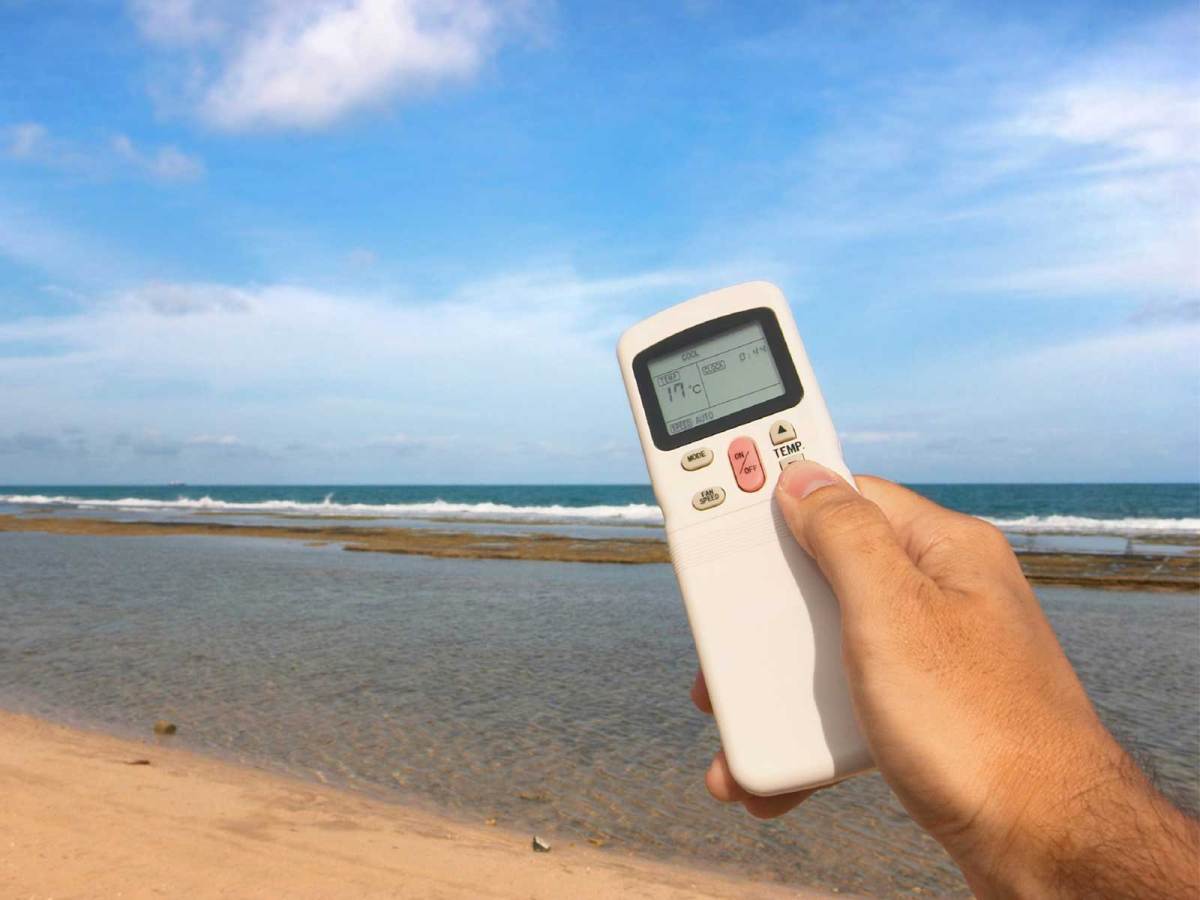At 160 kilometres per hour, air pushed upward through a tunnel can hold an adult in place, simulating flight, somewhere between one and three metres from the floor. Crank the air up to 200 kilometres per hour and the ground falls away as one goes up and up and up towards the ceiling. At the iFly Downunder ‘indoor skydiving’ centre in Penrith, western Sydney, it is Mitsubishi Electric’s inverter technology that is controlling these variable gusts of wind.
Mitsubishi Electric has been fitting out commercial sites, factories and educational facilities with its Variable Speed Drives (VSD) for many years in Australia but it is only with its installation at iFly Downunder that the company is ready to start making noise. The centre opened in April 2014 after raising seed funding through an IPO at the start of 2013. The local parent company, Indoor Skydive Australia Group has aggressive plans to expand the iFly concept, which is an international brand, into other regions, and the next outlet is already being constructed on the Gold Coast in southeast Queensland. The consumer facing nature of iFly, plus the demonstrable use of Mitsubishi Electric’s motors, systems and intellectual property, make this the ideal location for introducing the brand’s credentials to the industry, the public and the media, according to product sales engineer Grant Millard.
“We are creating and controlling the wind,” Millard said of Mitsubishi Electric. “With iFly with have a open-to-the-public business using our products.”
Millard ran through the Mitsubishi Electric equipment being used in the facility, which services both locals and tourists and it situated on the outskirts of Sydney’s booming suburbia, within a 1-wood of aqua golf, Australia’s first Krispy Kreme and Panthers World of Entertainment. There are four FR-F700 VSD inverters, which control the fan technology that creates the wind in the tunnel. This is the same inverter technology, Millard said, that is used in Mitsubishi Electric’s range of household appliances, such as refrigerators and air conditioners. Regulating the inverters is a Q-Series Modular Programmable Logic Controller (PLC), which “tells the inverters to stop and start, varies the speed of the wind, and monitors all safety aspects of the tunnel”. Finally, there’s CC-Link, a proprietary technology that acts like a central nervous system, linking the VSD inverters and the PLC. User control of the wind tunnel is via a third party interface that is plugged into this system.
Click here to sign up for our free daily newsletter
Millard said the concentrated and high-impact use of this technology will see benefits flow through the Mistubishi Electric range and into consumer products. “The design of the inverters is the same as those used in multi-door fridges, and inverter and split system air conditioners,” he said. “It offers consumers temperature control and very good energy savings.
“Our new multi-door refrigerators can have thin walls, maximising space inside the cavity, because the inverter technology means we don’t need all that insulation. We can now build new features into our refrigerators, such as the ability to choose quick cooling modes to ramp up operation as required.”
An example of this is if you come home from the supermarket with a trolley-load full of fresh groceries, you can select fast cooling modes to quickly increase the chill factor in the fridge, potentially lengthening shelf life.
For the future, Millard expects to see its VSD inverters and PLCs, along with the CC-Link communication network, rolled out in various commercial and residential settings for applications such as turning on and off lighting systems, managing fire control pumps, regulating air conditioners and overseeing security measures.
“Our innovative technology are designed to deliver reliability, longevity and energy efficiency, no matter what the application is,” he said.

